Introducing the Lone Star Tick
The Lone Star tick, Amblyomma americanum, is a prominent arthropod in the southeastern and eastern United States, and it is increasingly expanding its range northward. This tick is more than a nuisance; it is a fascinating creature with a complex life cycle, a significant ecological role, and a growing impact on human and animal health. This guide explores the Lone Star tick’s habitat, behavior, life cycle, the diseases it can carry, and its importance within the ecosystem.

Habitat and Distribution
These ticks thrive in wooded areas, brushy habitats, and tall grasslands. These environments provide ideal conditions for ticks to quest, a behavior in which they wait on vegetation for a host to pass by. They are common in the eastern United States, ranging from the southeastern states westward to Oklahoma, Kansas, and Iowa, and are increasingly found in northern states such as Maine and parts of Canada. Their survival depends on the presence of hosts such as white tailed deer, raccoons, opossums, and other mammals. They prefer areas with moderate humidity and temperature.
Identifying the Lone Star Tick
The Lone Star tick is easily recognizable by the distinct white star‑shaped marking on the female’s back, although the marking can be faint. Males lack this feature. Adult females are reddish‑brown, about 1/8 to 1/4 inch long when unfed, and expand after feeding. Males are slightly smaller and darker. Larval and nymph stages are much smaller and resemble tiny spiders, making them difficult to spot.
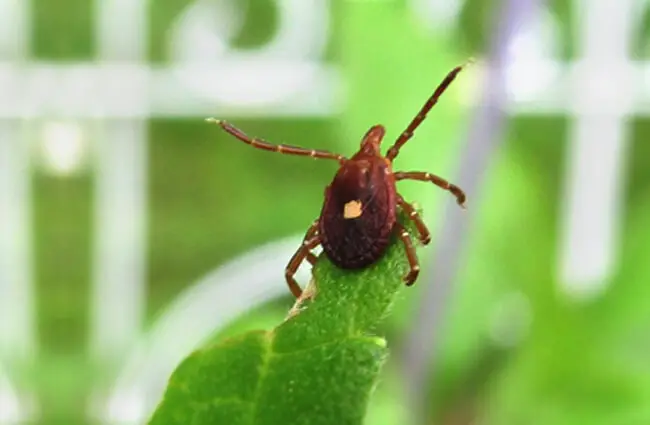
Life Cycle and Diet
The Lone Star tick goes through four stages: egg, larva, nymph, and adult. Each stage requires a blood meal to progress. The life cycle can take several years to complete, depending on environmental conditions and host availability.
- Egg Stage: Adult females lay thousands of eggs in vegetation, often in sheltered locations.
- Larval Stage: Larvae hatch and seek out small mammals, birds, or reptiles for their first blood meal.
- Nymph Stage: After feeding, larvae molt into nymphs, which feed on larger hosts such as rodents, rabbits, and deer.
- Adult Stage: Nymphs mature into adults, and both males and females feed on a variety of hosts, including deer, raccoons, opossums, and humans.
Lone Star ticks are not particularly selective about their hosts, which helps explain their wide distribution and the transmission of various pathogens.
Ecological Role and Interactions
While often viewed as pests, Lone Star ticks serve as a food source for certain birds, reptiles, and amphibians. They also influence host populations by affecting health and reproduction, and their presence can alter host behavior, such as grooming, which in turn shapes the dynamics of the animal community.
Lone Star Tick and Human Health
The Lone Star tick can carry several diseases that pose risks to humans and animals, including:
- Tularemia: A bacterial infection that can cause fever, skin ulcers, and swollen lymph nodes.
- Rocky Mountain Spotted Fever: A potentially fatal disease characterized by fever, rash, and muscle aches.
- Ehrlichiosis and Anaplasmosis: Bacterial infections that cause flu‑like symptoms.
- Alpha‑gal Syndrome: A unique allergic reaction to red meat triggered by a sugar molecule (alpha‑gal) present in tick saliva. This syndrome can cause severe allergic reactions hours after consuming beef, pork, or lamb.

Early detection and treatment are crucial. If you experience symptoms after a tick bite, consult a healthcare professional immediately.
Tick Bite Prevention
Preventing tick bites is the most effective way to avoid tick borne diseases. Here are some essential tips:
- Wear protective clothing: Wear long sleeves, pants, and socks when venturing into tick infested areas.
- Use insect repellent: Apply repellent containing DEET, picaridin, or permethrin to exposed skin and clothing.
- Stay on marked trails: Avoid walking through dense vegetation.
- Perform tick checks: Thoroughly inspect yourself, your children, and your pets for ticks after spending time outdoors.
- Remove ticks promptly: If you find a tick attached to your skin, remove it carefully with fine tipped tweezers, grasping it as close to the skin as possible.
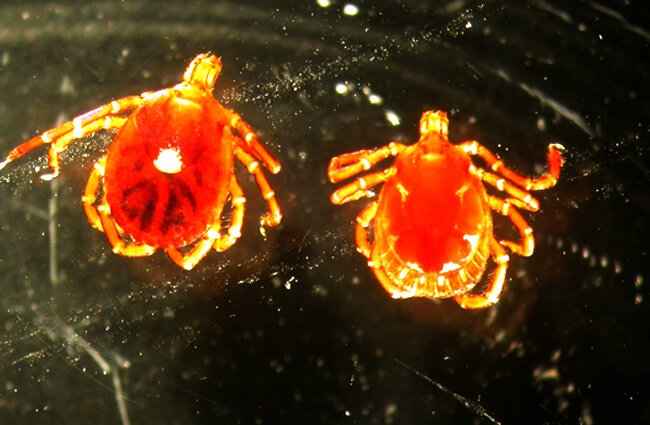
Lone Star Tick in Captivity (Zookeeper Considerations)
Maintaining Lone Star ticks in captivity for research or educational purposes requires specific considerations. A controlled environment is essential, mimicking natural humidity and temperature levels. Ticks should be housed in secure containers to prevent escape. Providing access to a suitable host animal (for example, a small rodent) is necessary for feeding and completing the life cycle, but ethical concerns about host welfare must be addressed. Regular health monitoring and pathogen screening are crucial to prevent the spread of diseases. Strict biosecurity protocols protect both the ticks and personnel from potential infections.
Evolutionary History
The Amblyomma genus, to which the Lone Star tick belongs, has a long evolutionary history dating back to the Cretaceous period. Fossil evidence suggests that early ticks were associated with dinosaurs. Over millions of years, the genus diversified, adapting to various host species and geographic regions. The Lone Star tick likely evolved from ancestral ticks that originally parasitized larger mammals. Its current distribution and host preferences reflect adaptations to changing environments and animal communities in eastern and southeastern North America.
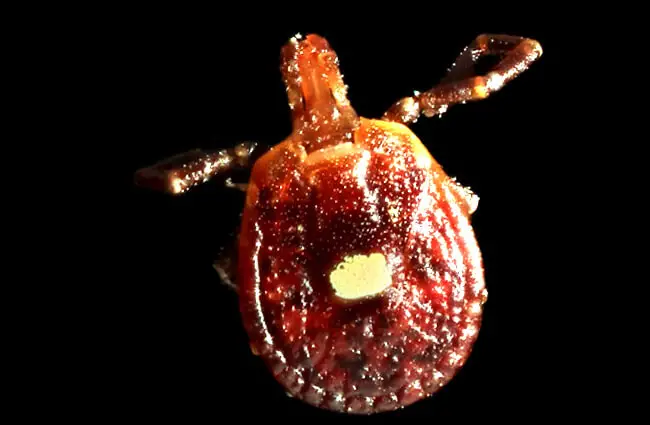
Cultural Significance
While not typically prominent in folklore or mythology, the Lone Star tick is part of the cultural landscape of the southeastern United States. It serves as a reminder of the natural environment and the risks associated with outdoor activities. Growing awareness of Alpha‑gal syndrome has sparked discussions about dietary changes and the impact of tick bites on lifestyle. The tick also serves as a subject of scientific research and public health education, helping people understand tick borne diseases and prevention strategies.
Interesting Facts About Lone Star Ticks
- Lone Star ticks are aggressive biters and readily attach to hosts.
- They can quest for hosts for extended periods, waiting on vegetation for a suitable animal to pass by.
- Female Lone Star ticks can lay thousands of eggs in a single batch.
- Larval ticks are tiny and difficult to see, often resembling specks of dust.
- The Alpha‑gal syndrome associated with Lone Star tick bites can cause delayed allergic reactions, making diagnosis challenging.
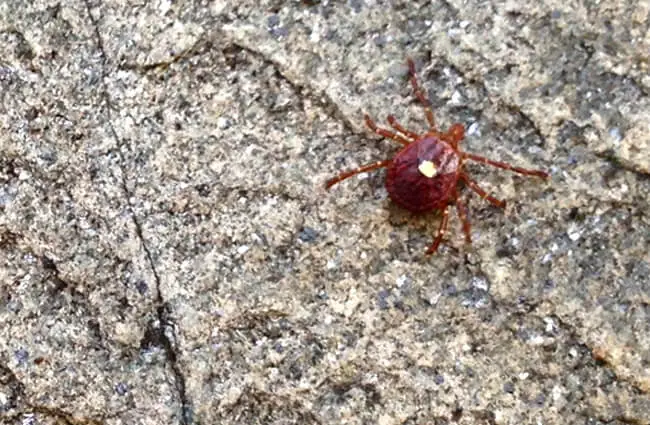
The Lone Star tick is a fascinating and complex creature with a significant impact on both the environment and human health. By understanding its life cycle, behavior, and potential risks, we can take steps to protect ourselves and our communities from tick borne diseases. Continued research and public health education are essential to mitigate the challenges posed by this ubiquitous arthropod.

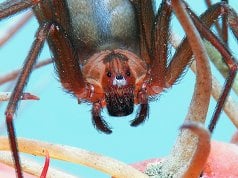
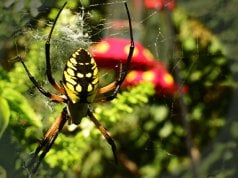



![Red Angus Closeup of a beautiful Red Angus cowPhoto by: U.S. Department of Agriculture [pubic domain]https://creativecommons.org/licenses/by/2.0/](https://animals.net/wp-content/uploads/2020/03/Red-Angus-4-100x75.jpg)

